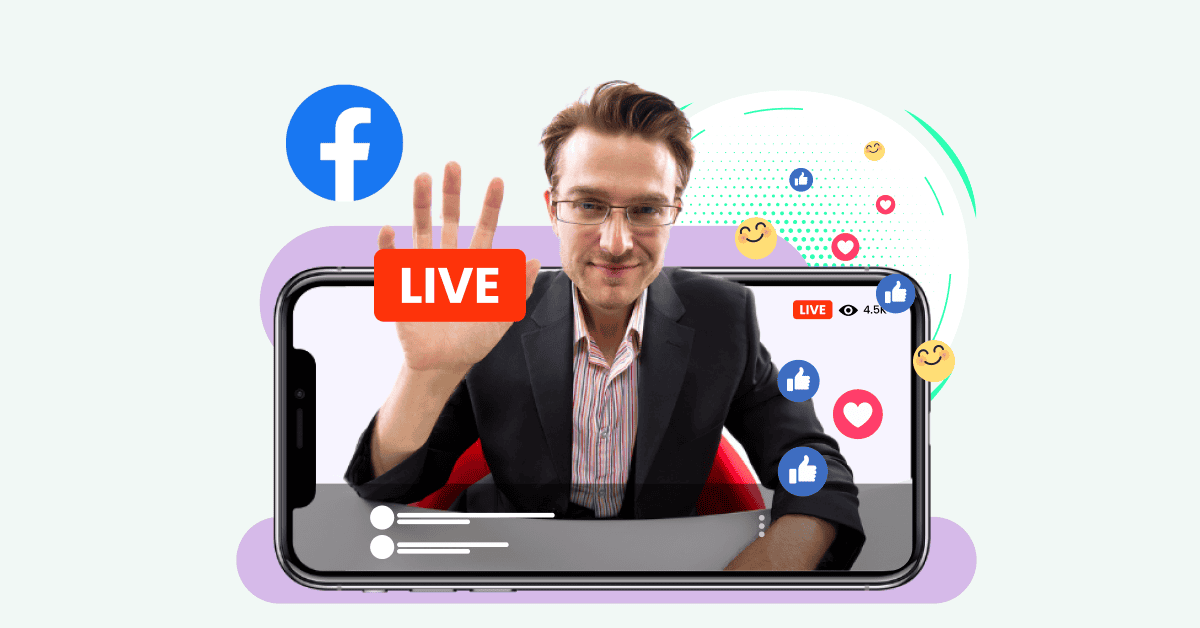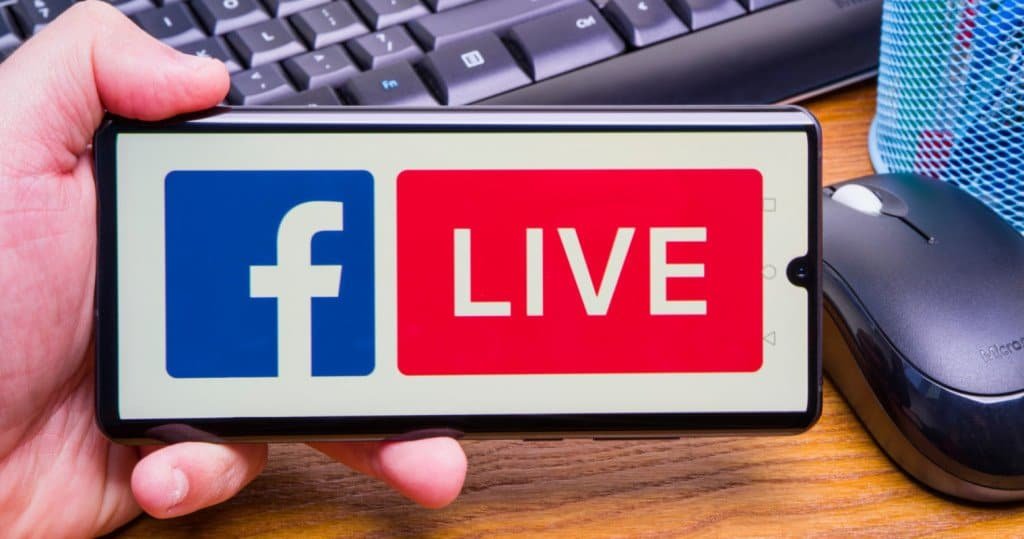You know, keeping viewers hooked during a livestream is an art form, and I’m here to spill all the secrets. So, grab your favorite beverage, and let’s explore “How to Use Proven Tactics to Keep Your Livestream Audience Hooked.”
Unleash the Power of Psychological Triggers
You’ve heard it before: psychology is key in marketing. But when it comes to livestreams, it’s not just important—it’s everything. Let’s break down how to use psychological triggers to keep your audience glued to their screens:
Harness the FOMO Effect
Fear of Missing Out (FOMO) is a powerful motivator. According to a study by Eventbrite, 69% of millennials experience FOMO when they can’t attend something their peers are experiencing. But here’s the kicker: it’s not just about being there; it’s about being part of something exclusive. To create FOMO in your livestreams:
- Offer exclusive content or deals only available during the live broadcast
- Create time-sensitive challenges or giveaways
- Use countdown timers for key moments in your stream
Remember, the goal is to make viewers feel like they’re part of an exclusive event that they can’t afford to miss.
Master the Art of Curiosity Gaps
George Loewenstein popularized the idea of curiosity gaps, which are effective tools for keeping audiences interested. According to a study in the Journal of Consumer Research, people are more likely to stay engaged with content that creates and then resolves knowledge gaps. To create curiosity gaps in your livestream:
- Tease upcoming segments or reveals
- Ask intriguing questions and promise answers later in the stream
- Use cliffhangers before commercial breaks or stream segments

Craft a Narrative That Captivates
Creating great content is one thing, but weaving it into a compelling narrative is what separates the amateurs from the pros. Let’s dive into some advanced storytelling techniques:
Implement the Hero’s Journey Framework
Joseph Campbell identified the hero’s journey as a narrative pattern, which is present in everything from blockbuster movies to TED Talks. According to a study by Paul J. Zak, stories that follow this structure are more likely to engage audiences and inspire action. Here’s how to use the Hero’s Journey in your livestream:
- Start with a challenge or problem your audience can relate to
- Take them on a journey of discovery and learning
- End with a transformation or solution that leaves them inspired
Use the “Open Loop” Technique
Open loops, a concept from neurolinguistic programming, keep audiences engaged by creating unresolved storylines. According to research published in the Journal of Marketing, open loops can increase engagement and information retention. To use open loops in your livestream:
- Start multiple storylines or topics early in the stream
- Revisit and resolve these storylines throughout the broadcast
- Always leave at least one loop open to encourage viewers to stay till the end
Leverage Interactive Elements Like a Pro
Interactivity is the secret sauce of successful livestreams. According to a study by Livestream, 80% of audiences prefer live video from a brand to social posts. But here’s the advanced tip: it’s not just about having interactive elements; it’s about using them strategically.
Master the Art of Real-Time Polling
Real-time polls aren’t just for gathering opinions; they’re powerful tools for engagement. According to a study by Slido, interactive polls can increase audience engagement by up to 300%. Advanced polling strategies:
- Use polls to guide the direction of your content in real-time
- Create “choose your own adventure” style content based on poll results
- Use poll results to segment your audience for targeted messaging
Implement Gamification for Maximum Engagement
Gamification isn’t just for apps and websites. According to a study published in the Journal of Interactive Marketing, gamified content can increase engagement time by up to 30%. Ideas for gamifying your livestream:
- Create point systems for participation
- Implement leaderboards for most active viewers
- Offer rewards for completing “quests” during the stream

Harness the Power of Emotional Contagion
Emotions are contagious, even in digital spaces. A study published in the Proceedings of the National Academy of Sciences found that emotional states can be transferred to others via social networks. Let’s explore how to use this in your livestreams:
Create Emotional Peaks and Valleys
According to research by Daniel Kahneman, people remember experiences based on emotional peaks and endings. Use this to your advantage in your livestream. Strategies for emotional storytelling:
- Plan emotional high points throughout your stream
- Use music and visuals to enhance emotional moments
- End your stream on a high note to leave a lasting impression
Leverage the Power of Micro-Expressions
Micro-expressions, brief facial expressions that reveal true emotions, can be powerful tools for connection. According to research by Paul Ekman, recognizing and responding to micro-expressions can significantly improve communication.Tips for using micro-expressions:
- Practice recognizing micro-expressions in your audience’s comments
- Respond authentically to the emotions you perceive
- Use your own micro-expressions to convey genuine emotion

Master the Art of Pacing
Pacing is crucial in keeping audiences engaged. According to a study by Microsoft, the average human attention span is now just 8 seconds. Here’s how to keep your audience engaged despite shrinking attention spans:
Implement the “Pulse” Method
The “Pulse” method, created by TED Talks, alternates between energizing and reflective moments. This keeps audiences engaged by providing variety and allowing for mental processing.How to use the Pulse method:
- Plan high-energy segments followed by quieter, reflective moments
- Use visual and auditory cues to signal transitions
- Vary your speaking pace and tone to create natural pulses
Master the “Zeigarnik Effect.”
The Zeigarnik Effect, named after psychologist Bluma Zeigarnik, states that people remember uncompleted tasks better than completed ones. Use this to your advantage in your livestream pacing.Strategies for using the Zeigarnik Effect:
- Start multiple topics or stories early in your stream
- Revisit these topics throughout the broadcast
- Leave some topics unresolved until the end to encourage viewers to stay
Conclusion
Keeping your livestream audience hooked isn’t just about having great content; it’s about strategically using psychological principles, storytelling techniques, and interactive elements to create an immersive experience. By implementing these advanced tactics—from harnessing FOMO to mastering the art of pacing—you can create livestreams that not only engage your audience but leave them eagerly anticipating your next broadcast.Remember, the key to success in livestreaming is continuous experimentation and refinement. What works for one audience may not work for another, so always be ready to adapt and evolve your strategies. With these proven tactics in your toolkit, you’re well on your way to becoming a livestreaming pro.So, are you ready to take your livestreams to the next level? Remember, the journey to mastery is ongoing. Start implementing these strategies today, analyze your results, and keep refining your approach. Your engaged and growing audience awaits!
FAQs
How long should my livestream be to maintain audience engagement? The ideal length for a livestream can vary depending on your content and audience. However, according to data from Restream.io, the sweet spot for most livestreams is between 60 and 90 minutes. This duration allows enough time for in-depth content while not overtaxing viewers’ attention spans. That said, some successful streamers go for several hours. The key is to monitor your audience retention data and adjust your stream length accordingly. Remember, it’s better to leave your audience wanting more than to overstay your welcome.
How often should I interact with my audience during a livestream? Frequent interaction is crucial for maintaining audience engagement. According to a study by Livestream, viewers are 24% more likely to recommend a brand if they’ve interacted with them during a livestream. As a general rule, try to interact with your audience at least every 3–5 minutes. This could be through answering questions, acknowledging comments, or responding to reactions. However, be careful not to let interactions disrupt the flow of your content. Strike a balance between planned content and spontaneous interaction for the best results.
How can I measure the effectiveness of my engagement tactics? Measuring the effectiveness of your engagement tactics involves looking at both quantitative and qualitative data. Key metrics to track include average watch time, peak concurrent viewers, chat activity (messages per minute), and retention rate. Most streaming platforms provide these analytics. Additionally, pay attention to qualitative feedback in your chat and comments. Are viewers expressing excitement? Are they asking for more content? These can be indicators of successful engagement. Consider using polls or surveys after your streams to gather direct feedback from your audience. Remember, engagement is about quality as much as quantity, so don’t just focus on numbers; look for signs of meaningful interaction and connection with your audience.

